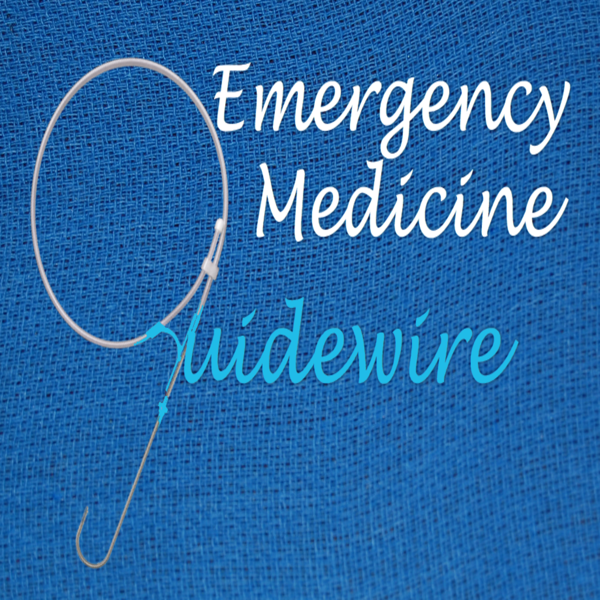|
Republished with Permission from www.PedEMMorsels.com
Difficult Airway: Basics
Difficult Airway: Important Differences Anatomic and physiologic differences influence how the oral, pharyngeal, and tracheal axes align as well as how the respiratory mechanics function and how the child compensates to physiologic stress. The differences are most prominent in children < 2 years of age and more adult anatomy evolves as children progress to 8 years of age. Anatomic Differences:
Physiologic Differences:
Difficult Airway: Predictive Factors
Difficult Airway: Assume the Worst
Moral of the Morsel
0 Comments
Your comment will be posted after it is approved.
Leave a Reply. |
LEGAL DISCLAIMER (to make sure that we are all clear about this):The information on this website and podcasts are the opinions of the authors solely.
For Health Care Practitioners: This website and its associated products are provided only for medical education purposes. Although the editors have made every effort to provide the most up-to-date evidence-based medical information, this writing should not necessarily be considered the standard of care and may not reflect individual practices in other geographic locations.
For the Public: This website and its associated products are not intended to be a substitute for professional medical advice, diagnosis, or treatment. Your physician or other qualified health care provider should be contacted with any questions you may have regarding a medical condition. Do not disregard professional medical advice or delay seeking it based on information from this writing. Relying on information provided in this website and podcast is done at your own risk. In the event of a medical emergency, contact your physician or call 9-1-1 immediately.
For Health Care Practitioners: This website and its associated products are provided only for medical education purposes. Although the editors have made every effort to provide the most up-to-date evidence-based medical information, this writing should not necessarily be considered the standard of care and may not reflect individual practices in other geographic locations.
For the Public: This website and its associated products are not intended to be a substitute for professional medical advice, diagnosis, or treatment. Your physician or other qualified health care provider should be contacted with any questions you may have regarding a medical condition. Do not disregard professional medical advice or delay seeking it based on information from this writing. Relying on information provided in this website and podcast is done at your own risk. In the event of a medical emergency, contact your physician or call 9-1-1 immediately.
 RSS Feed
RSS Feed

